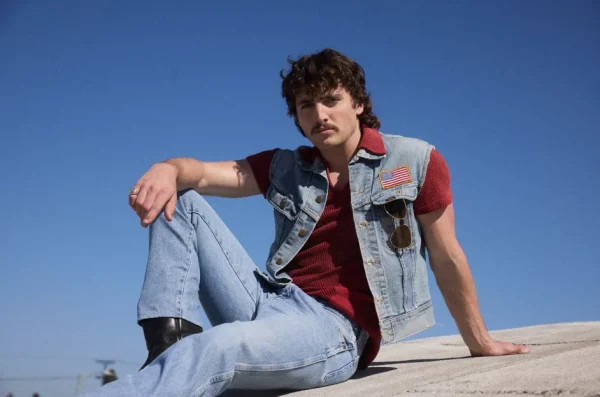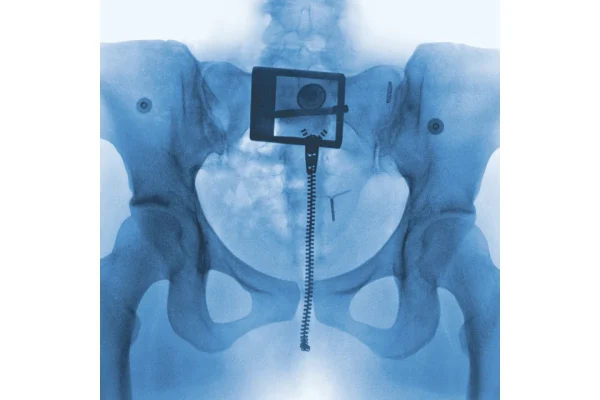Sharing bikes proves to be a challenge
Scraping and wobbling. Those are two things you’re more likely to hear and see on campus now that the Oakland University bike share program is rolling full speed ahead. But ride with caution, because the brakes on some of the bikes are reportedly shoddy.
Admittedly, two members of The Post only tried out two of the 34 bicycles in the program, but that’s still at least over 5 percent of them that are in disrepair. And we’ve heard stories.
One, a street bike with skinny tires, had almost no tire pressure. The other, a 15-speed mountain bike, had almost no rear braking (great for stoppies, bad for stopping on a hill) and a seat angling in the most uncomfortable way.
Unless students carry an air pump, a wrench set, and a generous health insurance policy, we can’t say The Post would recommend relying on one of these bikes for transportation.
The bikes are to be maintained by the Sustaining Our Planet Earth program. And they acknowledge the needed repairs. Already, it seems as if all the horns have been stripped from the handle bars. Either somebody has a fetish or the honor system isn’t working.
However, that’s not to say that we are discounting the effort and initiative it took to get this idea to come to fruition. And we do realize that the program is still in a trial period and we surely support it and trust that it will continue to get better every year.
Here are a few ideas to take into consideration when the bikes come out of storage next spring:
Maintenance: It’s really only in the best interest of the students and the university’s liability to ensure that there is a stringent system for keeping these things safe. All it takes is one accident for the program to fail, and the likelihood of that happening is much higher when the bikes are in poor condition.
More bikes: It was literally a quest to find some bikes to ride for this editorial. There were none to be found near the Oakland Center, Foundation halls, Kresge, nor Pawley. The hot spot seemed to be the lower level entrance of Varner Hall.
We realize that the budget is tight, and several of the bikes were refurbished and probably purchased cheap, but come on.
The program was partially funded by the president’s office, and with their increased spending in next year’s budget we don’t see why they can’t skip a couple of catered lunches and squeeze a little more money out for a few more used bikes in good shape.
It also might be worth considering having a spring bicycle drive, encouraging students to donate their own wheels to the program for a credit on their tuition. It would be a win-win situation, and might prompt students to just bring their bikes to campus for their own use.
Enforce the “honor” in the honor system: If this is going to work, there needs to be at least the threat of enforcement. Apparently some students carry wrench sets for the purpose of removing the bicycle seats while they go into class or their residence to ensure that the bike will be there when they’re ready for it again.
We’re sorry, but if you want a guaranteed bike, buy your own. Perhaps people don’t fully understand the concept of a bike “share” program and that needs to be reiterated to the student body somehow. And in that message, there needs to be some course of action stated for those who abuse the free resource, however chintzy.
We are appreciative of this first step toward a more active, community-oriented campus lifestyle. We know how hard it can be to get a project off the ground. We hope efforts are made to keep improving the program, and that this trial period is only just the beginning.
As Lance Armstrong said, “If you worried about falling off the bike, you’d never get on.”







